JPMorgan Chase recently gave thousands of its employees a new AI assistant. This is the first part of a big plan to use this technology throughout the company. The goal is to improve the company’s work, make better decisions, and drive innovation in all its departments. By expanding its use of AI, JPMorgan Chase shows its dedication to leading in tech advancements in finance.
Is JPMorgan Chase Training All New Employees on Artificial Intelligence?
JPMorgan has introduced a program called LLM Suite to over 60,000 employees to help with tasks like writing emails and creating reports. This software is expected to become as essential as Zoom for daily work, improving productivity and communication across the company.
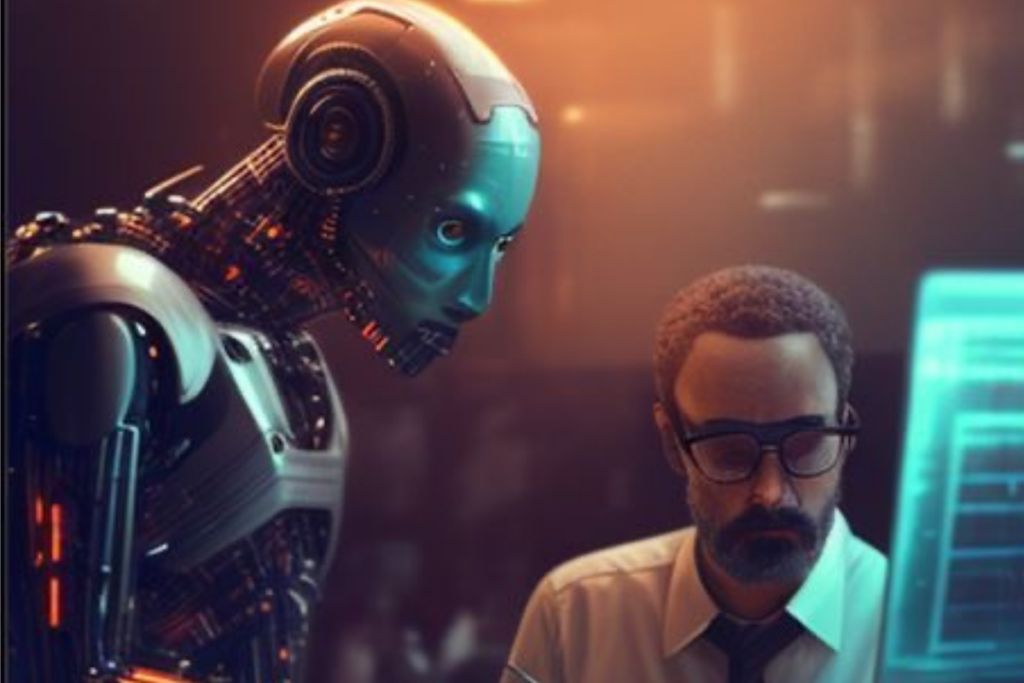
Instead of creating its own AI models, JPMorgan partnered with OpenAI to develop the LLM Suite. This program allows employees to use external large language models and the advanced algorithms behind generative AI tools without JPMorgan having to build them from the ground up.
Who Is the Al Director of JP Morgan?
Teresa Heitsenrether, the chief data and analytics officer at JPMorgan, explained that the company uses different AI models for various tasks instead of relying on just one.
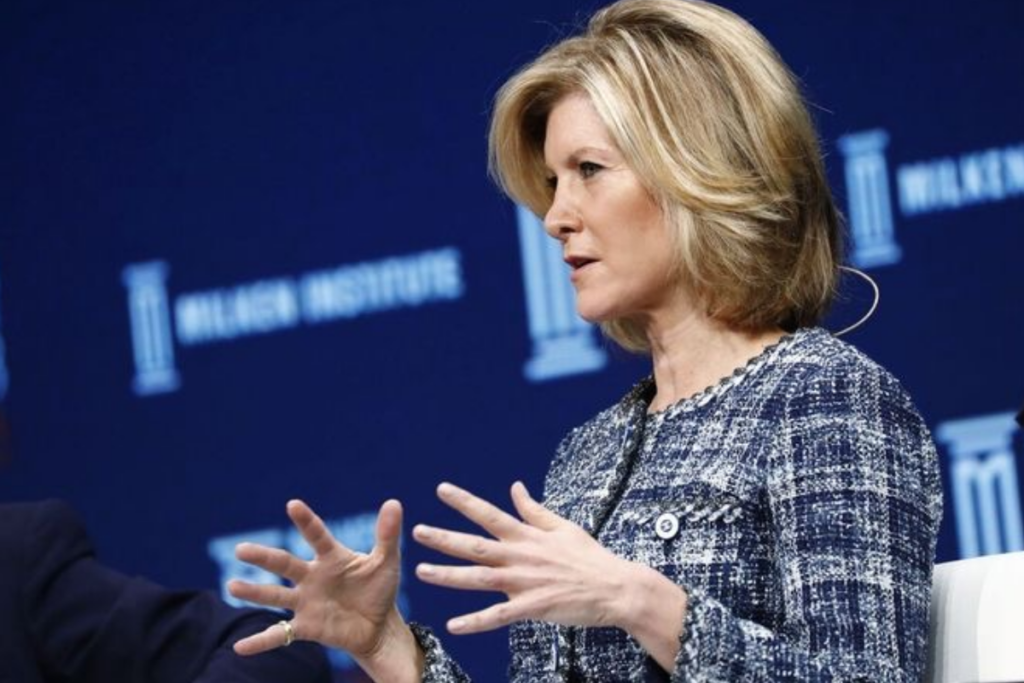
This approach helps them stay flexible and choose the best tools for each situation. JPMorgan’s move highlights how quickly American companies are adopting generative AI, especially since the launch of ChatGPT in late 2022. For example, Morgan Stanley, the bank’s competitor, has already started using AI tools with the help of OpenAI. Apple is also embracing AI by integrating OpenAI’s models into its devices, making AI more accessible to consumers.
ALSO READ: Warren Buffett Boosts Berkshire’s Cash Reserves to Record $277 Billion by Reducing Stock Holdings
What Is the Function of an Al Assistant?
An AI assistant is an application that uses natural language processing (NLP) and machine learning to interact with users in a human-like way. In April, JPMorgan CEO Jamie Dimon compared the rise of new technology, known as the “Cognitive Revolution,” to major innovations like electricity, the printing press, and the internet.
AI aims to automate tasks usually done by knowledge workers and is expected to greatly impact the workforce. Dimon believes it will “enhance almost every job” at the bank, which employed around 313,000 people as of June.

JPMorgan has created its own tool to take advantage of this technological change while protecting its data. This tool is similar to OpenAI’s ChatGPT. Earlier, the bank had restricted employees from using ChatGPT due to worries about sharing sensitive information with external providers. With this JPMorgan-approved tool, employees can use advanced AI assistants without risking the bank’s data security.
ALSO READ: https://ninepennies.com/morgan-stanleys-wealth-advisors-can-now-pitch-bitcoin-etf
The New AI Tool at JPMorgan Chase
JPMorgan Chase has introduced a powerful tool called the LLM Suite across various divisions, including consumer banking, investment banking, and wealth management. This tool helps employees be more productive by improving their writing, summarising long documents, solving complex Excel problems, and brainstorming ideas.
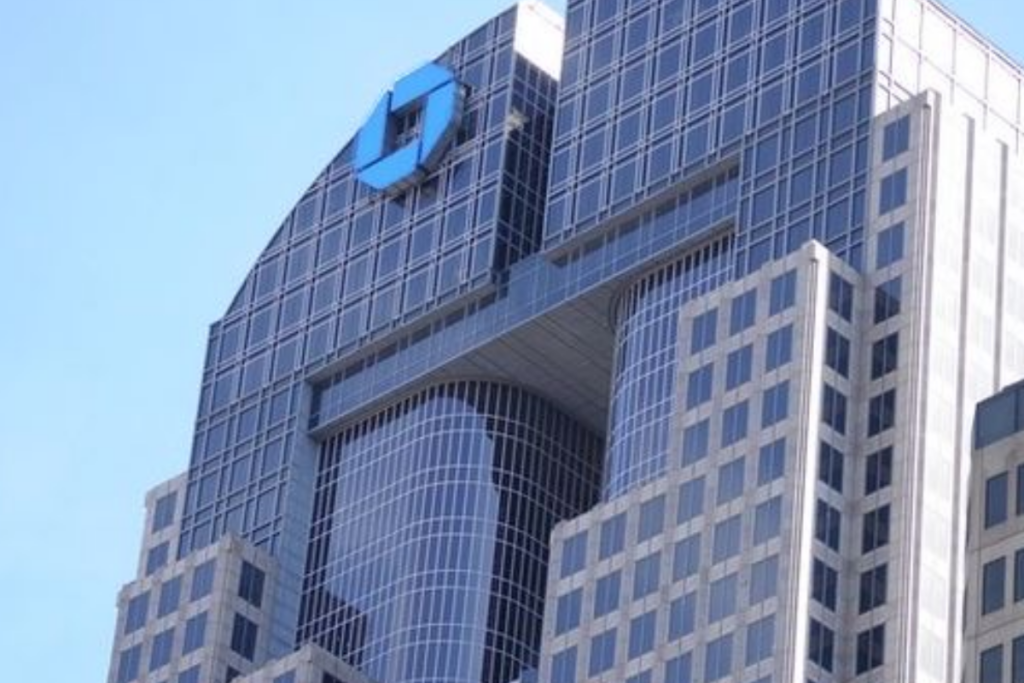
The company is also taking strong measures to ensure security and confidentiality and to prevent its data from being used to train models outside the company.
Should Employees Use AI?
Heitsenrether, who took on the leadership role in 2023 to oversee the bank’s integration of cutting-edge technology, believes they should. She said simply providing employees access to the tools on their desktops is only the beginning. “It is important to educate people on how to engage in prompt engineering that is relevant to their field,” Heitsenrether explained.

“This helps them grasp the true potential of the technology. As more individuals dive deeply into the capabilities and limitations, we see more innovative ideas.” Heitsenrether also mentioned that the bank’s engineers can use the LLM Suite to integrate functionalities from external AI models into their programs seamlessly.
What Is the Difference Between Traditional AI and Generative AI?
JPMorgan has used traditional AI and machine learning for over a decade to recognize patterns and predict outcomes based on past data. However, the introduction of ChatGPT made the company realize it needed to update its approach.
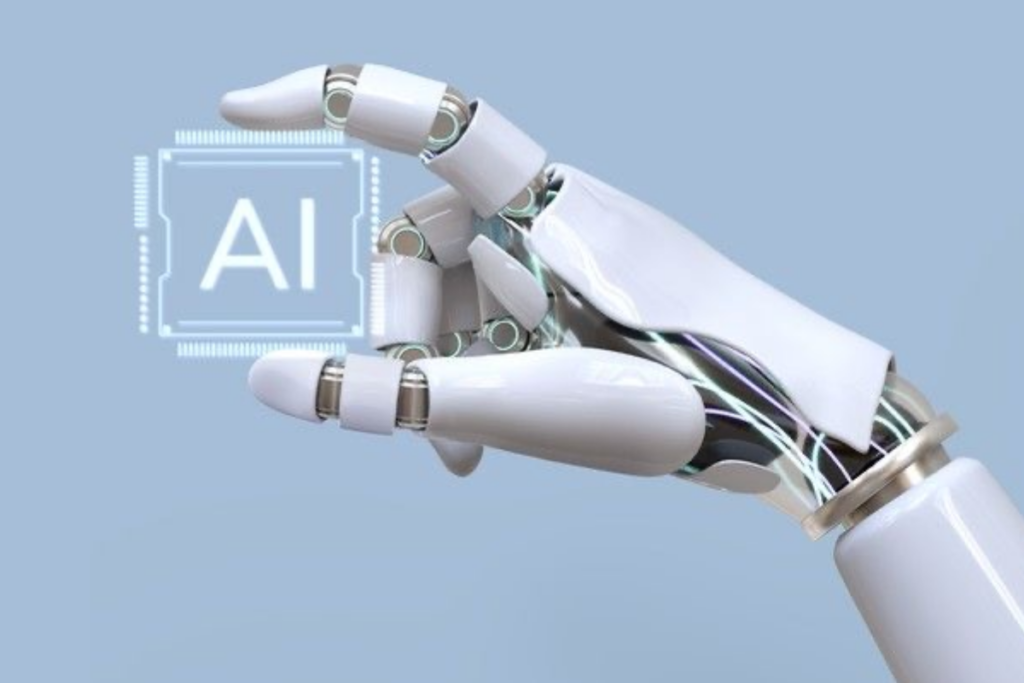
Traditional AI, or narrow AI, is designed to handle specific tasks, like predicting future events based on past information. In contrast, generative AI is more advanced because it can create new patterns, such as writing human-like text or generating realistic images.
Heitsenrether mentioned that generative AI has more potential applications than traditional AI due to its flexibility. This flexibility comes from large language models (LLMs), which can be adapted for various uses. JPMorgan is now exploring how to use both types of AI and has already implemented some applications in real-world situations.
ALSO READ: Morgan Stanley’s Wealth Advisors Can Now Pitch Bitcoin ETFs
The Benefits of Generative AI for JPMorgan Chase
JPMorgan is using generative AI in several ways. It creates social media marketing content, and plans travel itineraries for clients of a travel agency it bought in 2022. It also summarizes meetings for financial advisors.

The bank also analyzes satellite images to decide where to open new branches and ATMs. In call centers, AI helps service staff quickly find the information they need. In its global payments business, which handles over $8 trillion daily, AI helps prevent hundreds of millions of dollars in fraud.
Does AI Have a Future?
The bank is cautious about generative AI, especially when interacting with individual customers. According to Heitsenrether, there is a risk that a chatbot might provide incorrect information. She also mentioned that the generative AI field might be led by “five or six major models” that will dominate the industry.

According to sources who spoke anonymously about the bank’s AI plans, the bank is currently testing large language models (LLMs) from major U.S. tech companies and working on open-source models to determine which ones it might use for its services in the future.
Using AI at JPMorgan Chase
Heitsenrether explained three steps in how generative AI will develop at JPMorgan. First, the company will give AI tools to its employees. Next, they will improve these tools by using JPMorgan’s own data to make work more efficient. The final step is when AI becomes smart enough to handle complex tasks by itself, turning regular workers into managers with AI assistants to support them.
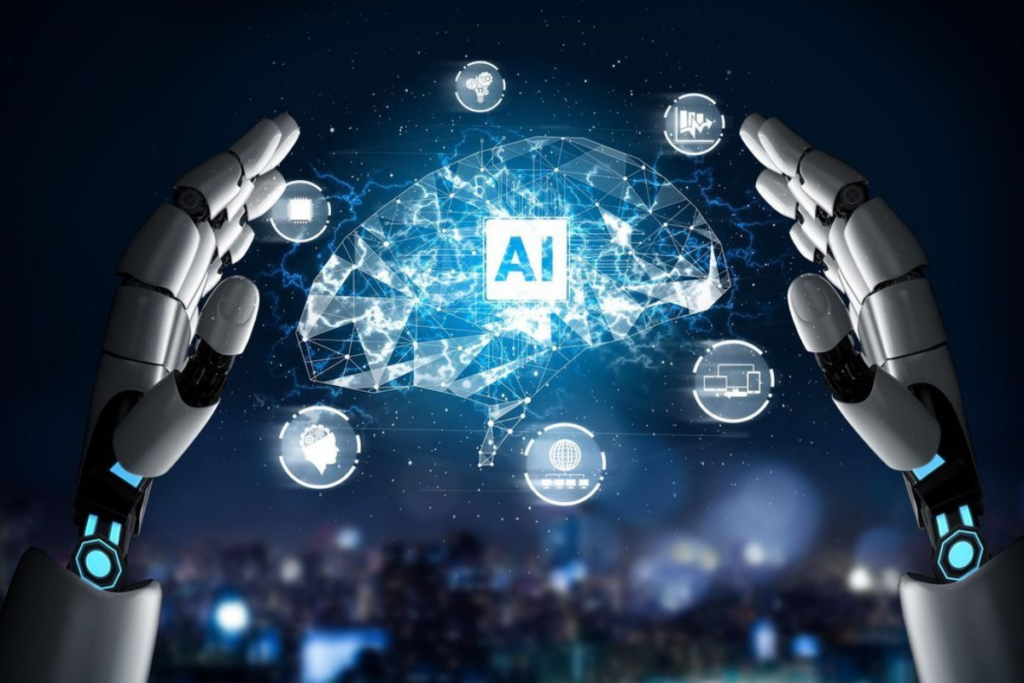
While this technology could help some workers, it might also replace others, leading to unpredictable changes in the industry.
Is the Use of AI in Banks Risky?
According to a report by Accenture, banking jobs are at the highest risk of being automated compared to other fields, including technology, healthcare, and retail. Citigroup analysts predict that artificial intelligence (AI) could increase the sector’s profits by $170 billion within four years.
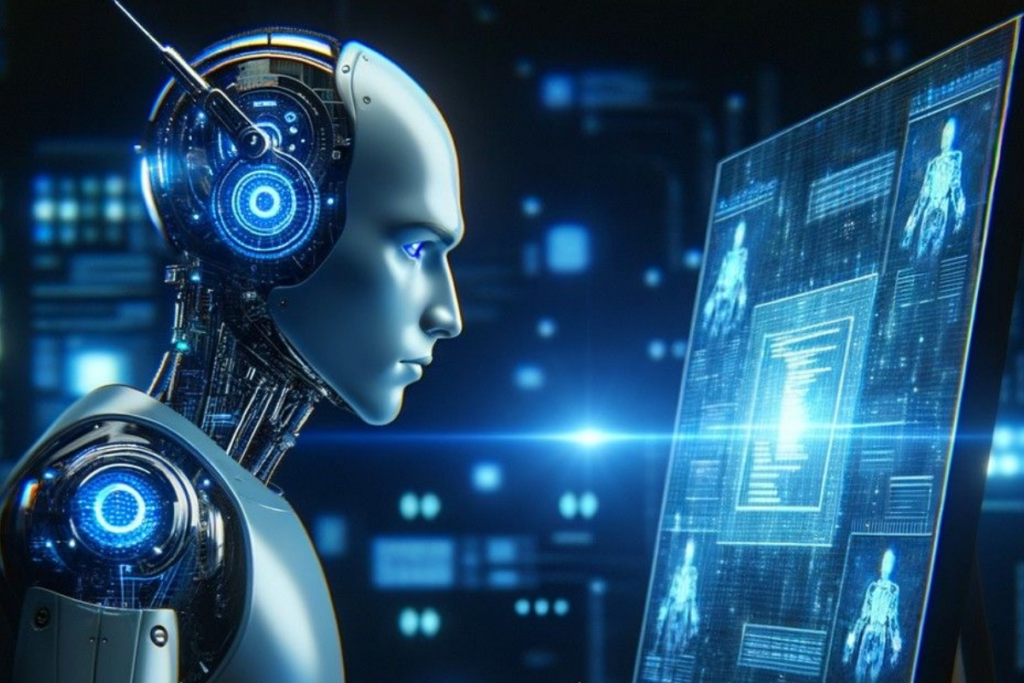
Heitsenrether explains that generative AI can be thought of as an assistant that handles the routine tasks we don’t enjoy, like sifting through spreadsheets. They will only provide us with answers directly. This allows people to concentrate on more critical and valuable work.
You Might Also Like:
Corporate Client Cuts Ties With Tesla After Elon Musk Backs Trump
Shoppers Rate Costco’s Latest Bakery Item a ’10/10′
9 Labor Day Essentials To Buy at Dollar Tree That Cost Way More at Walmart
These Rare Quarters Are Worth a Lot of Money
Top Wall Street Analysts Predict Top 3 Stocks for Long-Term Prospects

